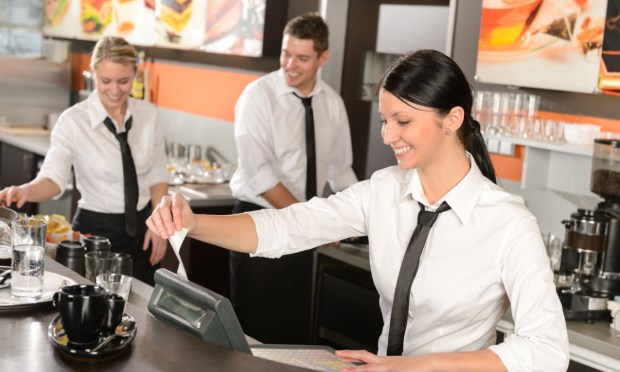Tattle Launches Receipt Scanning Feature as Restaurants Seek Item-Level Data

As restaurants leverage consumer data to personalize the experience amid increasing competition for diner loyalty, many may soon add item-level receipt data to their arsenal.
Restaurant customer experience platform Tattle announced Monday (July 10) the launch of a receipt-scanning feature, enabling eateries to improve their analytics by harnessing item-level data.
“Tattle’s offerings and innovation begin with the restaurant in mind, and how we can unlock ways for the restaurant team to capture additional data through a seamless guest experience,” Tattle founder and CEO Alex Beltrani said in a statement. “This new menu item level feedback feature tells restaurant executives, at a glance, which items they should double down on, which items should be removed, which items should be fine tuned — as well as how.”
The customer experience platform did not share how restaurants will incentivize customers to scan their receipts, but other businesses have done so by offering rewards points redeemable for freebies to consumers who submit pictures.
Indeed, restaurants are competing to find new tech-powered ways to capture consumers’ loyalty. For instance, PYMNTS research from last year’s study “Digital Divide: Technology, Customer Service And Innovation In The Restaurant Industry,” which drew from a survey of nearly 2,400 U.S. consumers, showed that 44% of chain restaurants offer loyalty programs.
Plus, personalization is a key draw for consumers to engage with these programs.
Findings from PYMNTS’ 2022 study “The Digital Divide: Regional Variations in U.S. Food Ordering Trends and Digital Adoption,” for which we surveyed more than 2,500 consumers, revealed that the majority (55%) cite customized coupons or discounts as a key advantage to using loyalty programs.
In fact, consumers look for personalization across the restaurant experience. For example, study cited in the latest edition of PYMNTS’ “B2B and Digital Payments Tracker®,” a collaboration with American Express, “Inflation Puts Technology on the Menu for Restaurants,” revealed that 70% of restaurant customers want technologies such as personalized menus incorporated into the drive-thru.
By leveraging item-level receipt data, restaurants can learn more about their consumers than they can purely by relying on digital transactions on their direct ordering platforms. In fact, businesses across industries are increasingly looking to boost their customer engagement by leveraging item-level receipt data to personalize their marketing.
For instance, data from PYMNTS’ study “Meeting the Need for Item-Level Receipt Data: Why Data Infrastructure Is Key to a Better Customer Experience,” created in collaboration with Banyan, which drew from a survey of more than 350 executives from major financial institutions (FIs), revealed that 4 in 10 expect that item-level receipt data can improve customer experiences. Plus, one in three reports that consumers receive more relevant shopping deals when firms use receipt data to tailor loyalty and shopping offers.
Certainly, restaurant personalization has come a long way. In an interview earlier this year with PYMNTS, Noah Glass, CEO of the restaurant technology platform, said the company’s vision of the Restaurant of the Future, wherein customers are identified every step of the way, and restaurants tailor the experience to their habits and preferences, is in the near-term vision rather than the long-term.
“This future is a lot closer than you all think,” Glass said. “Some of the more advanced things that you see there — the things that feel futuristic, like the license plate scanning or the facial recognition — those exists today. What’s new is this idea that everything is tied back to a single guest profile, that [we can] bring forth, what [the customer has] ordered in the past, what they like what they dislike, and we can make recommendations based on the larger data set.”
